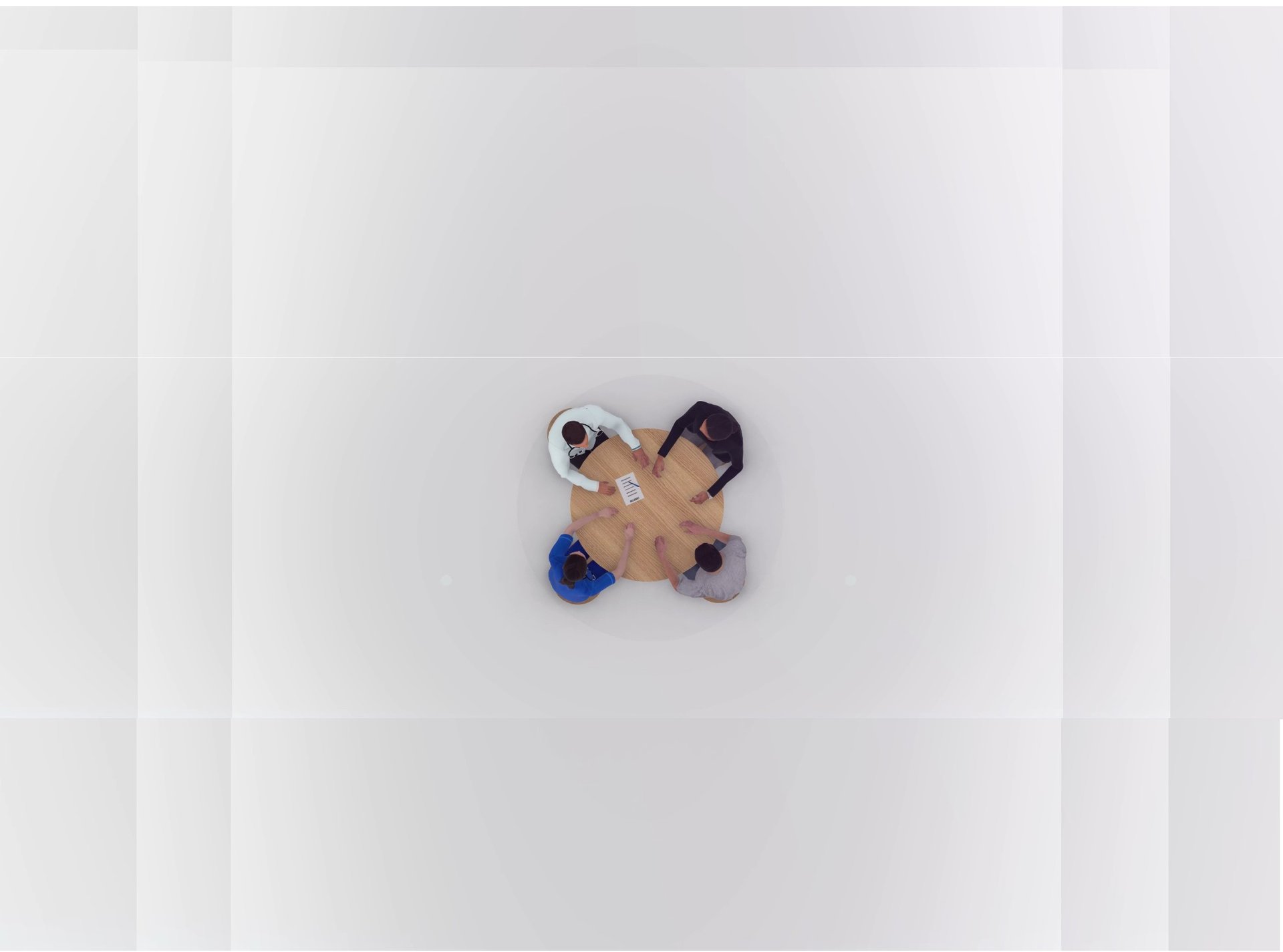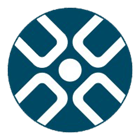Revolutionizing Healthcare: How Our IoT-Based Consent Management System is Transforming Doctor-Patient Interactions
HEALTHCAREDOCTORS
Team PCS
8/5/20222 min read


Introduction to IoT in Healthcare
The integration of Internet of Things (IoT) technologies has begun reshaping various sectors, with healthcare being one of the most impacted. The use of IoT in healthcare allows for better data management, transparency, and communication between doctors and patients. One of the most significant implementations is the IoT-based consent management system, which has gained significant acclaim among healthcare professionals.
Enhancing Patient Consent Management
Patients are often faced with the challenge of navigating through complex medical consent processes. Traditional methods can lead to misunderstandings and inefficiencies. Our IoT-based consent management system simplifies this process by providing a seamless and comprehensible interface for patient interactions. Doctors are happy with this system because it alleviates the administrative burdens associated with consent collection and management. The application allows healthcare providers to obtain, manage, and track patient consent in a secure and efficient manner.
Benefits of the IoT-Based System
Doctors who have integrated this IoT-based solution into their practices report various advantages. Firstly, the system ensures that consent is obtained in real-time, meaning that patients are fully informed and can make educated decisions regarding their health care. This timeliness fosters trust between patients and providers, enhancing the overall patient experience.
Moreover, the system maintains a comprehensive digital record of consent forms, which can be easily accessed and reviewed. This reduces the risk of lost paperwork and clarifies any potential disputes regarding consent. As a result, doctors can focus more on patient care rather than the intricacies of consent management.
Furthermore, the flexibility of the IoT system allows for updates and modifications to consent forms to be made seamlessly. If a healthcare provider needs to change details or stipulations within the consent, it can be done quickly and communicated effectively to the patient. This adaptability is yet another reason why doctors are happy with our innovative consent management system.
Conclusion
In conclusion, the IoT-based consent management system is not just a technological improvement; it represents a paradigm shift in how healthcare interactions are conducted. By streamlining the consent process, doctors are finding more time to engage with their patients in meaningful ways. The satisfaction expressed by healthcare professionals using our solution indicates a progressive move towards an IoT-driven future, where medical practices can achieve enhanced efficiency, compliance, and ultimately, better patient outcomes. As the medical community continues to embrace technological advancements, solutions like ours are leading the way toward a more effective healthcare system.

FIRST OF ITS KIND IN THE WORLD!
VIDEO MEDICAL RECORDS (VMR)
hello@powerconsent.com
+91 7997798989
Copyright © 2025, Power Consent. All rights reserved. "Crafted with 🩷 by Roxtah"
Power Consent Solutions Pvt Ltd
MIG 287, 4th Street, opp. Global Edge School, K P H B Phase 1, Kukatpally, Hyderabad, Telangana 500085
